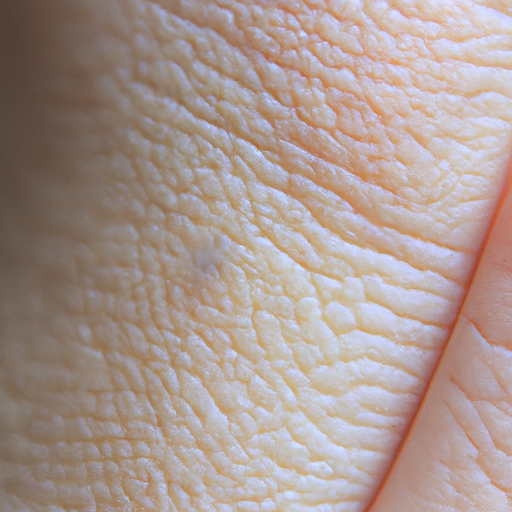As a dermatologist, I have the privilege of helping individuals unveil their skin’s natural radiance. One of the most effective ways to achieve this is through the art of masterful skin exfoliation. Exfoliation is a process that removes dead skin cells, revealing the fresh, vibrant skin beneath. It is an essential part of any skincare routine and, when done correctly, can result in a glowing complexion.
The skin naturally sheds dead cells every 30 days or so. However, this process can slow down with age, leading to dull, dry, or flaky skin. Additionally, an accumulation of dead skin cells can clog pores, leading to breakouts and acne. Regular exfoliation can help speed up the natural shedding process, prevent clogged pores, and keep the skin looking fresh and healthy.
There are two main types of exfoliation: physical and chemical. Physical exfoliation involves using a scrub, brush, or other abrasive tools to physically remove dead skin cells. This method can be effective but must be done gently to avoid damaging the skin. Over-exfoliation can lead to redness, irritation, and even scarring.
On the other hand, chemical exfoliation uses acids or enzymes to dissolve dead skin cells. Alpha hydroxy acids (AHAs) like glycolic and lactic acid, beta hydroxy acids (BHAs) like salicylic acid, and enzymes like papain and bromelain are common ingredients in chemical exfoliants. These ingredients can penetrate deeper into the skin than physical exfoliants, providing a more thorough exfoliation.
Choosing the right type of exfoliation depends on your skin type and concerns. For those with sensitive skin, a gentle physical exfoliant or a mild chemical exfoliant may be best. For those with oily or acne-prone skin, a BHA like salicylic acid can help unclog pores and reduce breakouts. For those with dry or mature skin, an AHA like glycolic acid can help hydrate and smooth the skin.
Regardless of the type of exfoliation you choose, it’s important to do it correctly to avoid damaging your skin. Here are some tips for masterful exfoliation:
1. Don’t overdo it: Over-exfoliation can damage the skin barrier, leading to dryness, irritation, and increased sensitivity. As a general rule, exfoliate no more than 2-3 times a week.
2. Be gentle: Whether you’re using a scrub or a brush, always apply the product with light pressure in circular motions.
3. Protect your skin: Exfoliation can make your skin more sensitive to the sun. Always apply a broad-spectrum sunscreen with an SPF of at least 30 after exfoliating.
4. Hydrate: After exfoliating, it’s important to replenish the skin’s moisture. Apply a hydrating serum or moisturizer to keep your skin soft and supple.
5. Consult a professional: If you’re unsure about which type of exfoliant to use or how often to exfoliate, consult a dermatologist. They can provide personalized advice based on your skin type and concerns.
In conclusion, masterful exfoliation is an art that requires understanding your skin type, choosing the right products, and using them correctly. When done properly, exfoliation can help unveil your skin’s natural radiance, leaving you with a fresh, glowing complexion.



